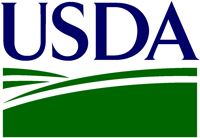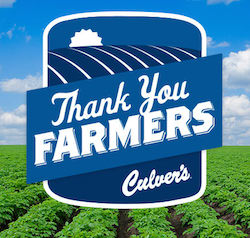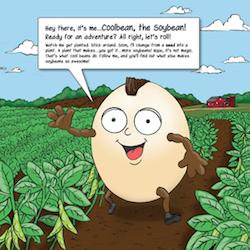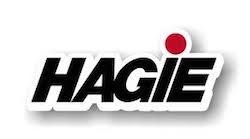 The 2016 Prospective Plantings report out today from USDA’s National Agricultural Statistics Service (NASS) shows farmers expect to plant more corn and less soybeans this year.
The 2016 Prospective Plantings report out today from USDA’s National Agricultural Statistics Service (NASS) shows farmers expect to plant more corn and less soybeans this year.
U.S. corn growers expect to plant 93.6 million acres to corn this year, the first increase in corn planted acreage since 2012 and, if realized, will be the third largest corn acreage since 1944. Farmers in 41 out of the 48 states expect to either maintain or increase the number of acres they plant to corn. Growers in Illinois, Iowa, Kansas, and North Dakota expect to increase their corn acreage by 400,000 or more acres in 2016.
 In contrast, U.S. soybean growers expect to reverse the recent trends, which saw several record-high years. In 2016, growers expect to plant 82.2 million acres to soybeans, a less than one percent decrease from 2015. In Louisiana, Minnesota, and Mississippi, growers expect to decrease their soybean acreage by 200,000 acres or more in 2016. Despite the overall decrease in acreage, growers in North Dakota, Pennsylvania, and Wisconsin expect to see record-high soybean acreages in their states.
In contrast, U.S. soybean growers expect to reverse the recent trends, which saw several record-high years. In 2016, growers expect to plant 82.2 million acres to soybeans, a less than one percent decrease from 2015. In Louisiana, Minnesota, and Mississippi, growers expect to decrease their soybean acreage by 200,000 acres or more in 2016. Despite the overall decrease in acreage, growers in North Dakota, Pennsylvania, and Wisconsin expect to see record-high soybean acreages in their states.
Farmers also indicated they expect to plant nine percent less wheat and 11 percent more cotton this year compared to 2015. All wheat planted area for 2016 is estimated at 49.6 million acres and all cotton planted area for 2016 is estimated at 9.56 million acres.
The MGEX crop call on the report featured Jack Scoville of the PRICE Futures Group and his analysis. “We’re seeing an extreme reaction” in the markets as a result of the report, Scoville noted, expressing shock over the corn number.
Listen to his commentary here: MGEX crop commentary with Jack Scoville










